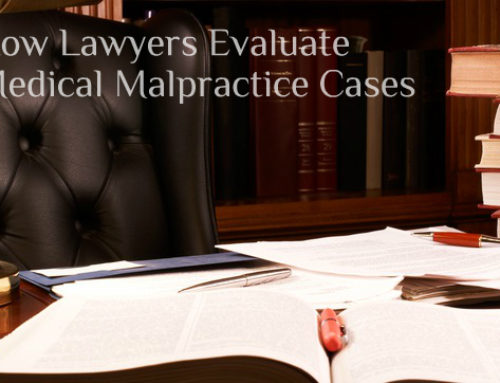The number of issues that can affect your care in a medical facility are already numerous. From the moment you enter the door to the moment you leave, there’s a lot of room for error and mistakes that cost you your health.
The offerings of a medical establishment usually outreach the risks, but those numbers seem smaller in the face of infectious disease scares. Hospitals and other medical facilities have an increased need to meet new guidelines for disease control to avoid risking patient health and committing medical malpractice.
Hospitals need to both keep the regular services operating, as well as increase safety, to deal with the extra risk and pressure on resources.
Sanitary Protocols and Malpractice
The first line of defense for the hospital to avoid being the source of, instead of the cure for, an infectious outbreak is their sanitation.
Normally hospitals work to keep the presence of infectious agents down. With so many coming in to get checked and with isolation and quarantine protocols being necessary, sanitation gets harder.
One place that’s needs to be considered in maintain a healthy environment is the janitorial staff. It isn’t enough that they clean properly and clean often, they also need to wear proper protection to avoid becoming carriers themselves.
Despite budgetary issues, a hospital needs to increase its staffing for janitorial services to avoid overworking janitors. A tired person makes mistakes and those mistakes can be costly to many.
New guidelines have been released this year to deal with the COVID-19 strain. This includes updates to solution concentrations needed to clean and sanitize surface and clothing items. Even laundry needs to be handled carefully and thoroughly to minimize chances of exposure.
Infectious Material Handling
Keeping the facilities clean is the first line of defense to keep people visiting and entering the hospital from being infected or spreading an infection. For the medical staff, such as the doctors and nurses, material handling must be followed closely.
When materials used to treat one patient are mishandled, they can infect the staff and lead to further issues.
These same materials being released into the environment can lead to delayed repeats of an infection as animals get into trash and then bring the materials back into contact with humans. With proper protocols, infections materials such as needles and blood are disposed of in ways that keep them from getting back into circulation.
Patient Care and Malpractice
It’s easy in times of an infectious disease scare for staff to under-evaluate those that are at risk. It’s understandable that many people will want to be checked and those prone to worry will be adamant that they have a problem they don’t.
Each person needs to be treated under the proper guidelines and this includes isolation and quarantine if significant risk is found. When these steps are not taken, it could constitute malpractice. However, there is an associated risk with putting a healthy person into isolation and increasing their risk of exposure.
The same guidelines that are followed in normal situations. The doctors and staff make determinations and diagnose the best they can. It’s their duty to handle each person according to their symptoms and exposure.
Find Answers
Medical errors shouldn’t cost you in the best of circumstances and they certainly shouldn’t cost you in heightened situations. Hospital staff need to be aware of updates to their rules and to follow through on their duty.
Contact us if you feel that an unsafe environment has been created that led to your illness or injury. We’re here to help.













